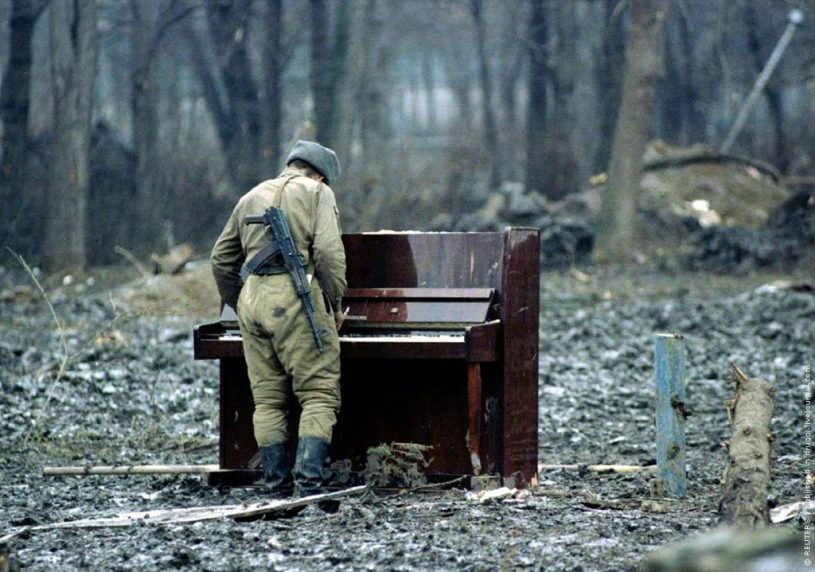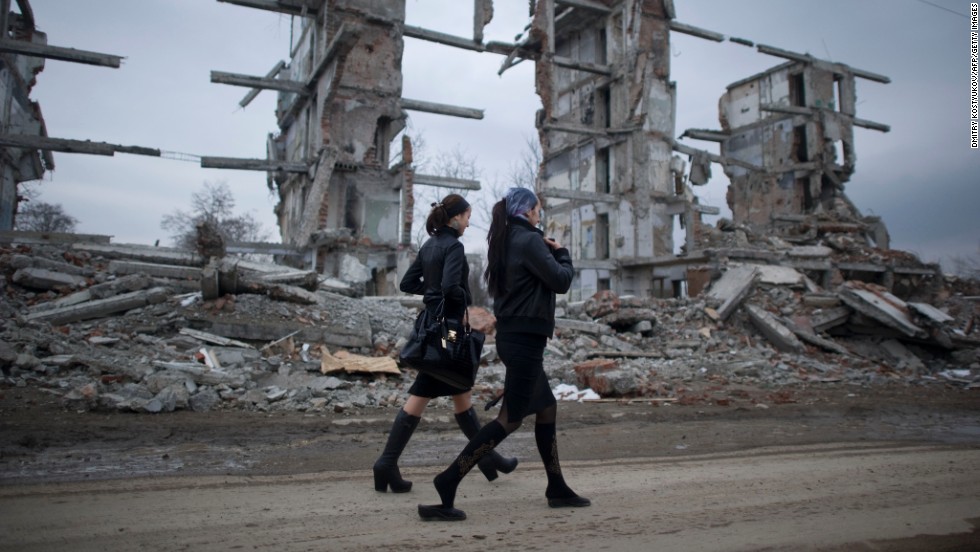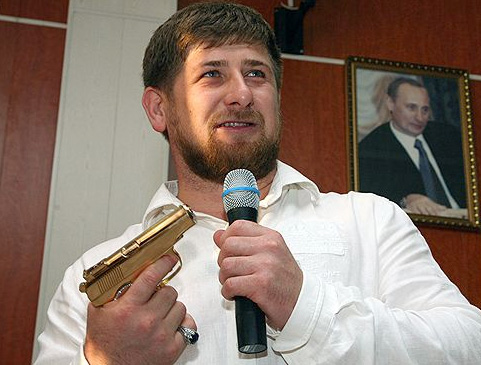Chechnya, Russia’s wild southern frontier. For those old enough, the word Chechnya conjures up grainy news footage of a civil war too complicated, brutal and messed up to even begin to delve into. I’ve visited and studied Chechnya, its wars and people for a number of years.
It is a place of unrivaled natural beauty and hospitality and one of my favorite places on earth. With YPT’s inaugural tour there in 2017, I decided to write a quick guide to Chechnya and its past, a mountainous, natural paradise haunted by the horrors of war.

The grand mountains of Chechnya have always had a dark and mysterious air to them long before the civil wars of the 1990’s. Russian grandmothers would put unruly children to sleep with folklore stories of ‘’Black Eyed Chechens with daggers in their mouths appearing in the dead of night, hunting down children who refused to go to sleep”. When Tsarist troops first discovered the Chechens, they found a bizarre people who lived without government, every village ruled itself, behavior was moderated through ancient customs custom, and the threat of blood feuds that could last for centuries. The first meeting between Tsarist cavalry and Chechen horsemen descended into a fight over who would submit to one another, the Tsarist troops were slaughtered.
The 19th century was not a pretty time in the region, the Tsars were determined to conquer the ‘’savages of the mountain gorges’’ regardless of how much blood was spilled on each side. When Tsarist General Aleksey Petrovich Yermolov arrived, he established Grozny, now the capital of Chechnya, he declared “I desire that the terror of my name should guard our Southern frontiers and that my word should be for the natives a law more inevitable than death”. Yermolovs brave heroics carried out in the Napoleonic wars were tainted by his actions in the Caucasus. His campaign was ruthless, any dissent was crushed in what today would be classed as a war crime. His name was burned into the memory of Chechens, not just through his reprisals and actions, a statue was erected of him in Grozny with his quote inscribed beneath: “There is no people under the sun more vile and deceitful than Chechens.”

In 1944, Josef Stalin approved a punishment upon the Chechens and Ingush people for supposed Nazi collaboration. The punishment was the deportation of the entire population to the steppes of Kazakhstan. This led to the complete liquidation of the Chechen-Ingush Autonomous Soviet Socialist Republic. The demographic consequences of this eviction were catastrophic and far-reaching: of the 496,000 Chechens and Ingush who were deported, at least a quarter perished. Many children who endured the deportations and survived, would turn into revolutionaries later in life. What was left of the Chechen and Ingush nations were only allowed to return in 1957, after the death of Stalin. But, the post-Stalin years were grim, faded from memory on the wastelands of Central Asia, the Chechens were traumatized and excluded from normal life in the USSR. Many sunk into ruthless criminality, creating the infamously brutal and impenetrable Chechen Mafia, feared throughout the USSR and even today in modern Russia.
The collapse of the USSR brought optimistic possibilities to Chechnya, however, in reality, the apocalypse was coming. In 1991, Dzokhar Dudayev, a former USSR air force general, issued a call to arms and declared Chechnya’s independence. However, Chechnya was not a union republic like Georgia or Ukraine, so they had no right to declare independence. Boris Yeltsin sent in a convoy of tanks to bring a swift end to the goings on and lock up the perpetrators, a quick victory was on the cards to boost his support base, the first Chechen war had begun. But ill-prepared for Chechen resistance and urban combat in the tight streets of Grozny, the tank column was annihilated and captured. So more troops poured in to nip this in the bud, Grozny was decimated, earning the title ‘’the most destroyed city on earth’’, thousands were killed and eventually Chechen separatists retook Grozny, forcing the Russian military to withdraw and allow Chechen independence.
However, independence was not pretty. Thousands were dead, the men were hardened by the bloodshed of the first war, the infrastructure was annihilated. Armed Wahhabist terror groups flooded into from the Middle East to take advantage of the demoralized Muslim population. Banditry, kidnapping, cash was the order of the day, Chechnya was officially the most dangerous place on the planet. Atrocities were carried out by extremist groups, aid workers were butchered in their sleep, British Telecom engineers were beheaded. Romantic Western support of the Chechen freedom fighters was now gone and many of the former anti-Imperialist rebels were disaffected with the Islamist horror taking place, they defected to their former enemy of Russia, two of these men would later become the president of the country.

The chaos and kidnapping industry in Chechnya was a huge concern for Russia and the West. An Islamist force invaded the Republic of Dagestan aspiring to create a new Islamic state and when an apartment block in Moscow was bombed in 1999, killing almost 300 people, Chechen militants were blamed, a mass of troops once again headed south to retake Chechnya. This led to the second Chechen war, which was to last ten years with brutal fighting and terror attacks taking place, such as the Moscow theatre siege and the Beslan school siege. The death toll at the end was an estimated 150,000 – 250,000 deaths. The Russian’s installed Akhmad Kadyrov, a former revolutionary who disregarded his dreams of independence to combat the extremist elements wreaking havoc in the country. He reigned for four years until he was blown up at a Victory Day celebration in 2004, three years later, his son was old enough to take the reigns and Ramzan Kadyrov, now the current president, took control of the country and was active in the war with his band of lethal paramilitaries, the Kadyrovsky.
With an uneasy peace declared in 2009 under the statement that all terrorists had been liquidated. Chechnya entered a new era, Grozny was rebuilt at a rapid pace. It was seen as a wise tactic to give employment and put tools in Chechen hands rather than allowing them the excuse to pick up an assault rifle. Terror attacks still occurred, but far less frequent and President Kadyrov officially opened the country for tourism.





